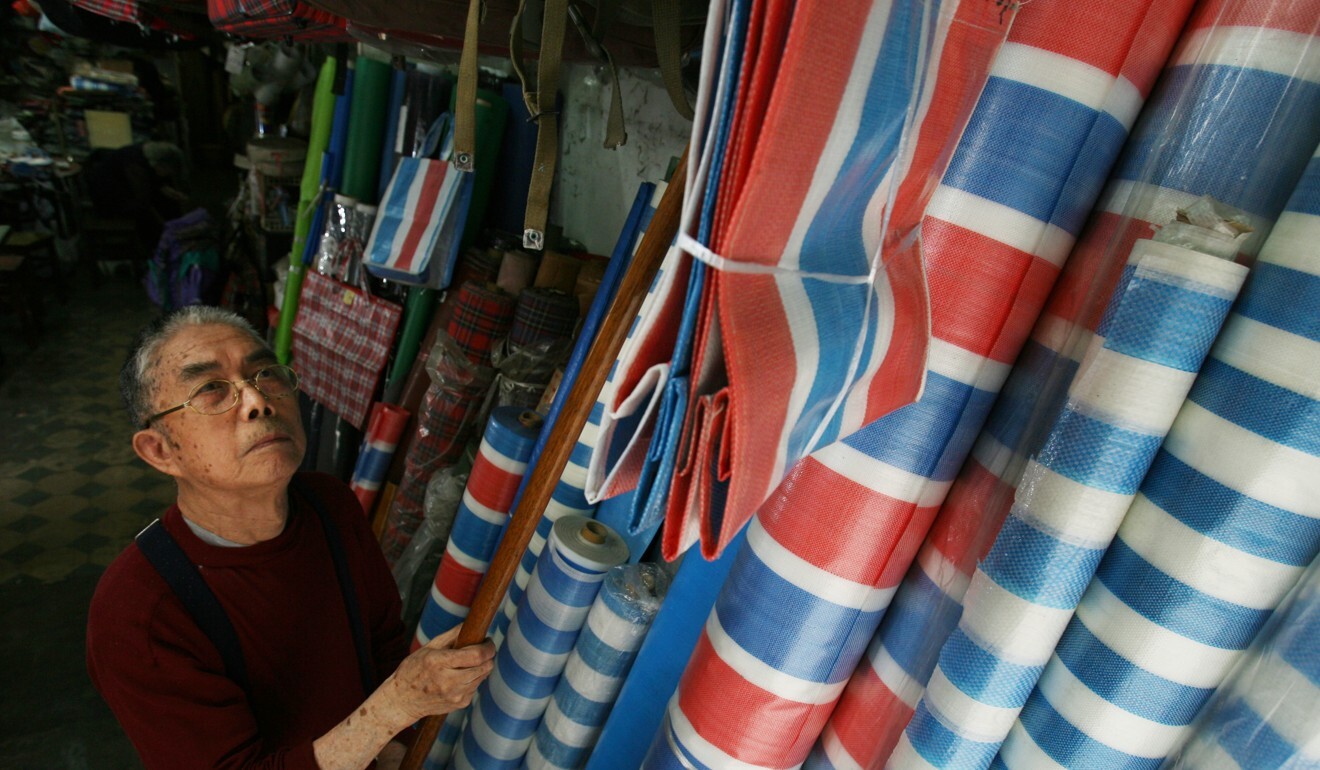
Hong Kong products are synonymous with quality, a Made in China label is not going to make people forget that
- US President Donald Trump has missed his mark with latest punitive action in US-China trade war, and Washington has obviously forgotten about Hong Kong’s unique identity
Hong Kong has unfortunately become the inevitable collateral damage in this trade war.
But the actual impact of the new rule on Hong Kong’s trade or economy is expected to be relatively low. It’s no secret that the vast majority of these “Made in Hong Kong” shipments to the US consist of re-exports from the mainland, and there are figures to prove it.

00:59
Hong Kong rejects US rule for ‘Made in China’ labels
According to the Hong Kong Census and Statistics Department, of the HK$304 billion (US$39 billion) worth of exports to the US last year, only 1.2 per cent were domestic exports.
It’s certainly not difficult to identify what these 1.2 per cent of Hong Kong exports are, and it would have been better for the US trade clampdown to draw a line between “Made in Hong Kong, China” and “Made in China”.
The move goes to show that not only Washington is oblivious to the city’s status as a separate member of the World Trade Organisation, but it is also unaware of our unique identity.
Hong Kong doesn’t manufacture many things nowadays, and for those products that are made here, they are mostly consumed locally.
Even some famous local brands are not entirely “Made in Hong Kong”, but are instead “Made by Hong Kong” which means the companies are local, but the manufacturing process takes place on the mainland.
When it comes to retail services, the Hong Kong brand gives customers confidence because of its high standards and stringent quality control
Without sounding too much like a political economy column, it is worth focusing on some of our most beloved Hong Kong products, both big and small, as well as tangible and intangible ones.
To begin with, no one appreciates the Hong Kong brand more than its mainland Chinese neighbours. To them, it’s a sign of refinement and quality and a brand of trust. Just look at how much they appreciate the city’s education system and health care services, as well as its culture of cha chaan tengs and such.
About 27,000 mainland Chinese students who live in Shenzhen or near the border attend Hong Kong’s schools and make the 30km journey five days a week. Many mainlanders also opt to receive medical treatment and give birth in hospitals here.
And when it comes to retail services, the Hong Kong brand gives customers confidence because of its high standards and stringent quality control.

The city’s manufacturing heyday has passed, but there are still products that are proudly crafted here.
My favourite is the ubiquitous red, white, and blue nylon canvas bags that have become part of the city’s social – as well as fashionable – fabric.
Originally used for industrial purposes, such as temporary roofs on construction sites, the light and durable material has been transformed into today’s popular carrier bags or laundry bags.
Locals often refer to these bags simply as hung baak laam in Cantonese, which means red, white, and blue.
In the past, these nylon bags were popular with the working class because they were functional, versatile, and affordable, and these qualities continue to serve Hong Kong people well today.
More than 50 years on, these stripy bags have become synonymous with Hong Kong’s identity, so much so that they have been imitated the world over by luxury brands such as Louis Vuitton.
Made in Hong Kong: The People Keeping the Label Alive
The French luxury retailer used the material and redesigned hung baak laam into high-fashion handbags in 2006. But despite the striking resemblance to the material and design of our bags, the fashion house insisted the tricolour fabric was inspired by the French flag.
The good news is that you can buy the material in the Sham Shui Po clothes market if you fancy making your own personal hung baak laam handbag; doing this will save more than HK$15,000.
I guess there is no need to export hung baak laam since Louis Vuitton has been producing them and selling them overseas.
There are many other fabulous Hong Kong products, including local snacks and food, that are made with love and pride in Hong Kong, by Hongkongers.
Some of them may be humble or high-end products, but no matter what, they are the pride of the city and will continue to be cherished by locals and visitors alike.
Even without the “Made in Hong Kong” label, the Hong Kong brand will shine through with its uniqueness and authenticity, and a “Made in China” tag won’t cause the world to forget that.
Luisa Tam is a Post correspondent who also hosts Cantonese-language video tutorials that are now part of Cathay Pacific’s in-flight entertainment programme

